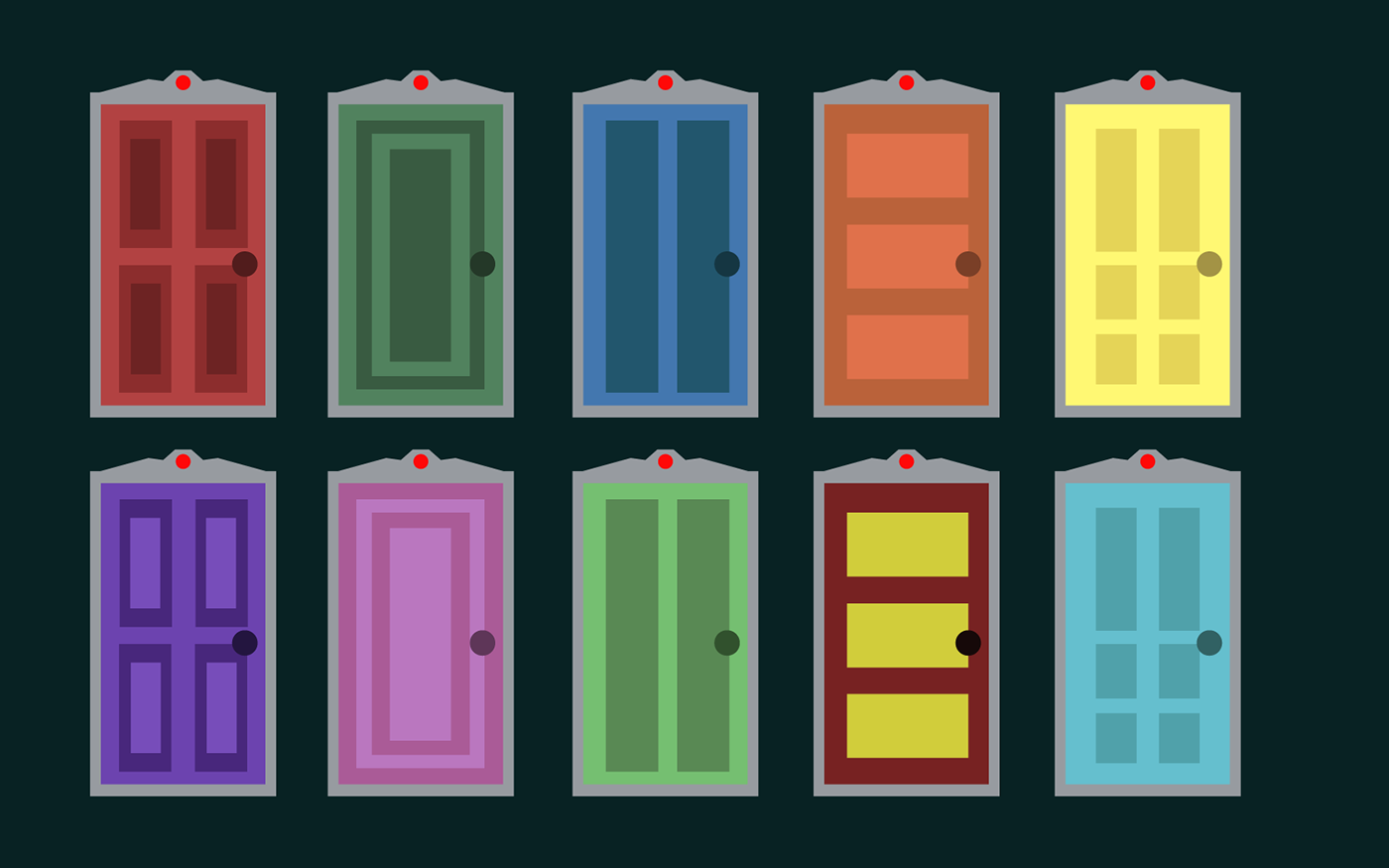

People may assume that material design is a sort of extension of flat design, but in fact the principles are different.
#GOOGLE MATERIAL DESIGN ANIMATION HOW TO#
There are other design guidelines covering spacing, color, usability, and more detail about positioning and animation which you can check out in Google's webpage about the subject.Ī good way to learn more about material design and how to implement it is to use the apps Google has created using material design and to read about the design details, this one is by Brian Lovin on the Inbox app. Google designers made paper models to figure out layering and shadows for their material design. In doing so, more meaning can be portrayed through material design than in flat design Animating elements, such as having an animation affecting position when a list item is removed, is meant to improve user flow and understanding while making the experience more smooth. Layering in material design is done through moving elements forward or back along the z axis, to and from the user, and adding realistic shadows to convey more meaning. The Animations Framework allows us to create visually attractive animations and transitions in our apps. Property Animation API was introduced by Google in Android 3.0 which gives us the flexibility to change object properties over a certain time interval. Visually flat design and material design are similar at the moment, but material design can be applied to designs other than flat-like ones. Animation Tutorial With Example In Android Studio. Material design is skeuomorphic in that it is an attempt to make web design more realistic in how it portrays elements, using layers and animation in a way that makes sense outside of the browser.

Material design is unrelated to flat design in its principles.


 0 kommentar(er)
0 kommentar(er)
